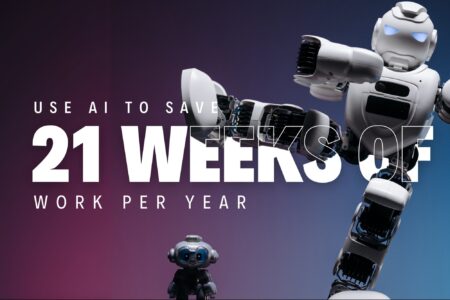Entrepreneur
Suppose you’re the director of a group of hotels. (Stick with me on this one.) In one of them, a seasoned employee, a facilities engineer, is up on a ladder changing a lightbulb. As he’s doing so, two kids and their mom, looking rather haggard, try to come in from a side entrance. All three of them are in robes but still dripping a little bit from what clearly was their time at the beach, with sand from time to time falling from their flip-flops and hair.
When the maintenance engineer spots them, he gets off the ladder and walks over, opening the door for them so they don’t have to fiddle with it further and giving them a nice greeting as well. While asking about their time on the beach, he walks over with them to the elevator and even presses the button for the floor that they’re going to since nobody has a free hand other than the kids, who don’t and are too young (read: short) to reach it.
When I present this scenario in the customer service training sessions I lead, my attendees tell me they think this response is “pretty good, maybe even excellent.” But the problem with it is, as my customer service training participants noted, a response, what I would call reactive customer service. Which means it’s lacking in one way: The customer had to ask for service — in this case, she asked for it via the visible gesture of fiddling with the knob on the side door — and only when she did so did the employee respond.
Obviously, this level of service is better than no service, which would be if a customer requested something and was ignored, turned down, or responded to grudgingly. Still, there is one step higher that service can rise to, which I call anticipatory customer service.
Anticipatory customer service directly triggers emotions that are most likely to lead to customer loyalty; it gets there faster and more directly than reactive customer service ever could.
So, let’s run the scenario again. There’s a maintenance engineer up on a ladder changing a lightbulb, and the mom and kids are approaching the (clear glass) side entrance. In this scenario version, even before the mom has a chance to start fiddling with the doorknob, the maintenance engineer is already opening the door and welcoming them in. No effort is needed on the guests’ part, and they’re on the receiving end of what I would call anticipatory customer service. The difference between these two scenarios is only a couple of seconds. Still, the second one, where the engineer gets off the ladder and walks over to the door proactively, is the version that will bring a guest back again and again because, in a small but meaningful way, have touched their hearts.
Related: 5 Shocking Customer Service Mistakes You’re Making Every Day
Now, it’s not fair to say that anticipatory customer service doesn’t cost more than reactive, even though the cost isn’t visible. It requires training, inspiration, and, often, increased staffing to pull it off. So why go to all the work it takes to become a repeatedly anticipatory organization with its customers? One of the few competitive advantages left in the marketplace is this opportunity to rise to the highest level of customer service, serving a desire or need that customers haven’t even asked for or asked for yet.
Before we go further, why wouldn’t customers ask for something that they need, benefit them, or voice a question whose answer would be important to them? Here are the main reasons:
One, they don’t want to be a bother. I know that when you’ve been working with challenging customers all day, it’s going to be hard for you to believe me on this one, but some customers don’t want to seem demanding, who don’t want to make a fuss, or who are by nature abashed in public settings.
Second, they may not know enough about what you can offer to ask for the right thing. This can be because of a lack of market research or — more commonly — because you are an expert on your offerings and on exceptions that can be made individually, but they simply aren’t.
And a third, more alarming, reason is that they’re dissatisfied enough that they’ve written you off for future work, knowing that the cost of switching brand these days in most markets is very easy if they want to seek out better service elsewhere.
Related: The 3 Tiers of Customer Service (and How to Get to the Top)
It does require an investment, human and perhaps financial, to become an organization that succeeds in providing anticipatory customer service. It helps if you emphasize empathetic traits when you’re developing and deploying your hiring criteria. It helps even more if you encourage, as does The Ritz-Carlton Hotel Company, an approach of “antennas out,” where your entire team gets attuned to noticing things that would be hard to see if they were always doubled over working on their functional tasks, and, in the end, it also requires adequate staffing. One person, by and large, can’t really do the job of two in an anticipatory manner, although excellent processes and technological support can get you close.
Perhaps most importantly, anticipatory customer service takes your business out of the dangerous, unprofitable commodity zone, where customers consider your business as interchangeable with the competition. This is particularly valuable in today’s marketplace as it is among the few competitive advantages available to many businesses. Admittedly, if you have a unique product or service offering, you have another way to escape commoditization. But most of our companies and offerings aren’t anywhere near as unique as we think we are. Or that uniqueness isn’t visible to customers, such as anticipatory customer service. With anticipatory customer service, you’re showing them your true colors — and some really bright and shining colors they are.
Read the full article here









